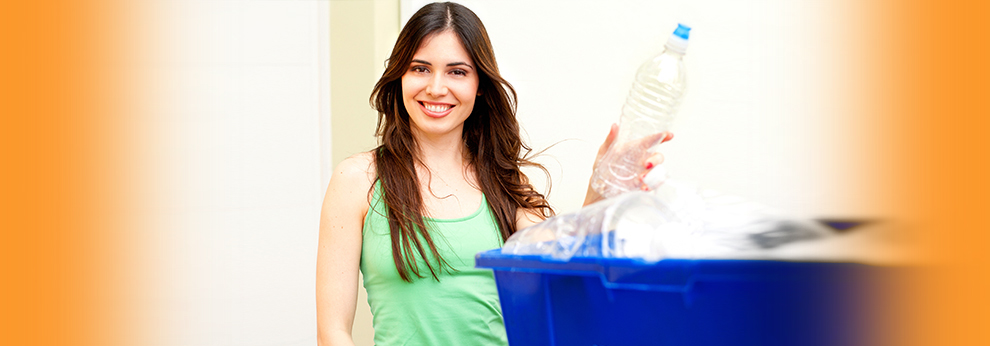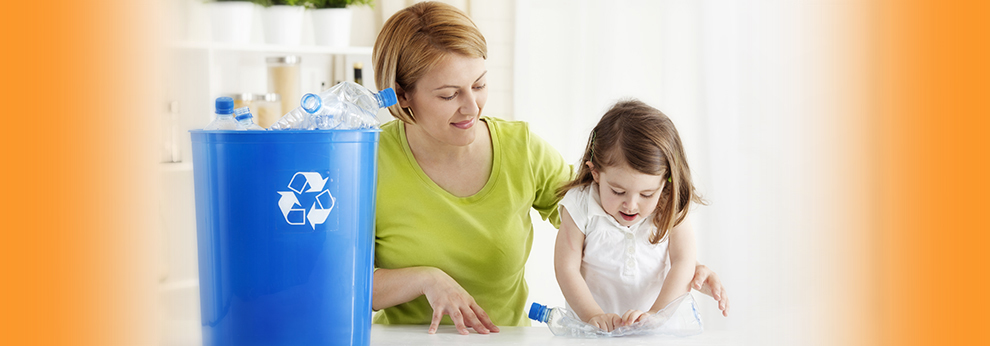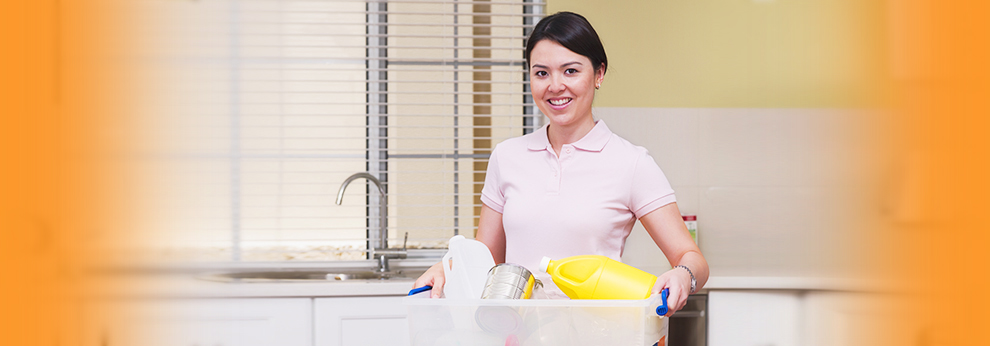Cardboard Disposal: A Green Approach to a Greener Earth
Posted on 30/05/2025
Cardboard Disposal: A Green Approach to a Greener Earth
In a world striving for sustainability, cardboard disposal plays a vital role in shaping our environmental future. As packaging, shipping, and retail industries expand, the amount of cardboard waste generated globally is surging. Understanding the best practices for cardboard disposal and recognizing its importance are essential steps toward a greener Earth. In this comprehensive guide, we will explore various eco-friendly cardboard disposal methods, discuss the environmental benefits, and provide actionable tips so everyone can contribute to a cleaner planet.
Why Proper Cardboard Disposal Matters
Cardboard is one of the most widely used materials around the world. From online shopping boxes to food packaging, its presence is ubiquitous. However, improper disposal can have negative impacts on our environment:
- Landfill Overflow: When cardboard ends up in landfills, it takes up valuable space and may release methane--a potent greenhouse gas--if not decomposed properly.
- Resource Wastage: Cardboard is produced from trees, and careless disposal means more trees need to be cut down for new cardboard products.
- Missed Recycling Opportunities: Failing to recycle or reuse cardboard wastes a chance to conserve natural resources and reduces the environmental load.
Embracing responsible cardboard disposal is critical for minimizing landfill pollution, conserving resources, and reducing greenhouse emissions!

Understanding Cardboard and Its Types
Before diving deeper into cardboard recycling and disposal, it's important to recognize the different types commonly encountered:
- Corrugated Cardboard: Recognized for its sturdy, multi-layered structure, often used in shipping boxes and packaging materials.
- Paperboard (Chipboard): Thinner, single-layered cardboard, found in cereal boxes, tissue boxes, or certain retail packaging.
Identifying the type of cardboard you are disposing of is crucial, as recycling guidelines can sometimes differ based on local facility capabilities.
Effective Methods for Cardboard Disposal
There are several green cardboard disposal techniques that ensure environmental safety and resource conservation. Let's look at the most recommended practices:
1. Cardboard Recycling
Recycling cardboard is the most effective way to prevent unnecessary waste and reduce the demand for new raw materials. Here's how to do it the right way:
- Flatten Boxes: Always flatten your cardboard boxes to save space during transportation and processing.
- Remove Contaminants: Take out any packing materials, plastic, Styrofoam, or food residue. Greasy pizza boxes, for instance, may not be recyclable in some areas.
- Dry and Clean: Ensure that the cardboard is dry and clean. Wet or soiled cardboard can contaminate whole recycling batches.
- Follow Local Recycling Guidelines: Every city or municipality might have specific rules for recycling cardboard. Check with your local waste management authority for precise directions.
- Utilize Community Drop-Offs and Recycling Bins: Place your prepared cardboard in the correct recycling bins or dedicated drop-off points.
Pro Tip: Large quantities of cardboard (from a move or business) may qualify for special curbside pickup or bulk recycling programs. Check with your local recycling center for special arrangements.
2. Cardboard Composting
Did you know that cardboard disposal can also happen through composting? Cardboard, being biodegradable, makes an excellent addition to home compost bins as a "brown" material. Here's how cardboard composting works:
- Shred or Tear: To speed up decomposition, rip the cardboard into small pieces or strips.
- Avoid Printed or Colored Cardboard: Steer clear of glossy, heavily inked, or plastic-laminated cardboard, as these might release toxins.
- Alternate Layers: Layer the cardboard with "green" materials such as fruit and vegetable scraps or yard waste.
- Maintain Moisture: Compost piles should be moist but not soaked.
Composting allows the nutrients from cardboard to return to the soil, enriching your garden and closing the waste loop.
3. Reusing Cardboard
Direct reuse is a fantastic eco-friendly disposal method. Here's how you can give old cardboard new life:
- Storage: Use sturdy boxes for storing seasonal items, decorations, or old magazines.
- Moving: Save boxes for future home or office moves.
- Crafts: Cardboard is ideal for kids' art projects, homemade organizers, pet houses, or DIY furniture.
- Gardening: Cardboard can be used as a weed barrier under mulch or as seedling pots.
- Shipping: Reuse boxes for shipping gifts or returning online purchases.
The Environmental Advantages of Responsible Cardboard Disposal
Adopting a green approach to cardboard disposal doesn't just declutter your home or community--it also supports environmental sustainability in various ways:
- Reduces Deforestation: Recycling cardboard saves trees by reusing existing fibers, reducing the need for fresh raw material.
- Cuts Down Greenhouse Gases: Decomposing cardboard in landfills emits methane, but recycling or composting prevents this emission.
- Saves Energy: Manufacturing new cardboard from recycled material uses less energy compared to starting from raw wood pulp.
- Minimizes Landfill Waste: Less cardboard in landfills means less leachate, pollution, and space consumption.
- Encourages a Circular Economy: Proper disposal practices allow used cardboard to reenter the production cycle, promoting sustainable consumption.
Common Myths About Cardboard Disposal and Recycling
Misinformation about eco-friendly cardboard disposal can undermine green efforts. Let's clarify some common misconceptions:
-
Myth 1: All cardboard is recyclable.
Fact: Cardboard contaminated with food, oil, or moisture often can't be recycled through standard processes. -
Myth 2: Recycling cardboard uses more energy than producing new boxes.
Fact: Recycling cardboard saves up to 50% of the energy compared to manufacturing from raw materials. -
Myth 3: It doesn't matter if I mix cardboard with regular trash.
Fact: Combining recyclables with regular trash often leads to contamination, meaning even otherwise recyclable cardboard may end up in a landfill.
Tips for Reducing Cardboard Waste at the Source
While eco-conscious cardboard disposal is crucial, reducing your overall cardboard consumption is equally important. Here are simple, practical tips for minimizing cardboard waste:
- Opt for Bulk Buying: Purchasing items in bulk reduces packaging waste.
- Support Minimal Packaging: Choose brands that use reduced or recyclable packaging.
- Digital Instead of Physical: Switch to digital subscriptions for newspapers, magazines, and mailers.
- Return Packaging: Some retailers and manufacturers accept packaging for reuse or recycling.
- Encourage Reusable Alternatives: Use fabric bags, totes, and containers instead of cardboard boxes for everyday tasks.
Community Initiatives for Greener Cardboard Disposal
Collective action enhances the impact of green cardboard disposal. Consider these ideas to get your neighborhood or workplace involved:
- Organize Cardboard Collection Drives: Especially after holidays or moving seasons, organize events to collect and recycle boxes.
- Partner with Local Nonprofits: Many organizations reuse cardboard for shipping donations or crafts.
- Advocate for Improved Recycling Programs: Petition your local government for advanced recycling facilities and frequent pickups.
- Host Sustainability Workshops: Educate the community about proper cardboard recycling, composting, and reuse.
Business Responsibility in Cardboard Waste Management
Businesses, especially in retail and logistics, generate significant cardboard waste. Corporate responsibility can greatly decrease environmental impact:
- Implement Onsite Cardboard Baling: Use balers to compact boxes for efficient recycling and disposal.
- Supplier Partnerships: Choose suppliers committed to green packaging and reuse systems.
- Employee Training: Make eco-friendly cardboard disposal part of staff onboarding and operation protocols.
- Regular Audits: Track and improve waste management effectiveness by monitoring cardboard recycling rates.
Businesses can lead by example, inspiring customers and communities to adopt better cardboard disposal habits and sustainable practices.
Innovations in Cardboard Recycling and Disposal
Green technology is advancing rapidly, offering new possibilities for cardboard recycling and disposal:
- Advanced Sorting Systems: Automated facilities can efficiently separate cardboard from mixed recyclables, improving quality and recovery rates.
- Biodegradable Coatings: Researchers are developing compostable coatings that make previously unrecyclable cardboard suitable for organic waste streams.
- Upcycling: Creative entrepreneurs are transforming cardboard waste into building materials, insulation, and even furniture.
- Carbon Offset Programs: Some companies offset emissions from cardboard production and disposal by investing in reforestation and renewable energy.

Future of Cardboard Disposal and Sustainable Packaging
The ongoing shift toward environmental consciousness is prompting changes throughout the packaging industry. Here's what we can expect:
- Increased Use of Recycled Content: Manufacturers are setting higher targets for recycled material in cardboard products.
- Design for Disassembly: Packages are being reimagined to simplify recycling and reuse.
- Greater Consumer Awareness: Shoppers are factoring packaging sustainability into purchasing decisions.
- Enhanced Legislation: Governments are introducing stricter regulations and incentives for responsible cardboard disposal and recycling.
Conclusion: Every Action Counts for a Greener Earth
Cardboard disposal might seem like a small task, but collectively, our choices can have a significant impact on the environment. From flattening boxes for curbside recycling, composting, and creative reuse to advocating for better corporate and municipal recycling policies, each step counts for a greener, healthier planet.
By making informed, responsible choices around cardboard waste disposal, you play a key part in the global movement for sustainability. Remember: every box recycled, every package reused, and every piece composted brings us closer to a cleaner and greener Earth.
Take charge of your cardboard disposal habits today and inspire others--together, we can build a sustainable, waste-free future!
```


